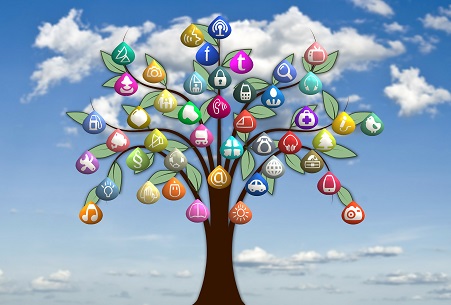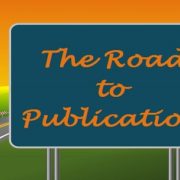Book Marketing Strategy: Is Book Promotion Right for Me? (Part 2)
Before planning your book marketing strategy, you must first determine if the time and cost of book promotion will benefit your sales and career goals.
In Part I of this 4-part series on Book Marketing Strategy, I discussed, in detail, the importance of determining your goals, knowing your print run, and setting your budget. In today's post, Part 2, I shall describe six additional decision-making criteria for Indie Fiction Authors and Midlist (Genre Fiction) Authors who are evaluating the pros and cons of investing in book promotion.
How much time are you willing to invest in book promotion?
Websites are popular components of a book marketing strategy because they can be created cheaply. However, websites must be promoted. Blogging, back-linking, and optimizing for search engines and social media can be done for free, but these promotional tactics take an enormous amount of time.
Pitching your book to the news media and arranging for book signings also gobble up time. If you have a second job and/or a family, the hours you spend on writing are probably limited. Only you can decide whether taking time away from your writing for book promotion will help you achieve your goals.
Is your book cover attractive?
Your cover art and design are your built-in book promotion tools. Add a big print run to a good book cover, and you've boosted sales even before self-promotion begins.
What defines a good book cover? Well, that depends on whom you ask. The opinions of publishers are based on market surveys, that might tell them, for instance, that castles sell well. Authors want the book cover to reflect their characters and setting. Readers want to look at an appealing cover illustration that depicts the essence of the story they’re about to read.
In the fiercely competitive world of book promotion, your cover art has to make your novel stand out from the rest – and for all the right reasons. In traditional publishing, artists are commissioned to paint original illustrations.
If you're an Indie Fiction Author, saving yourself money by opting for a two-color print run or "clip art" illustrations will handicap your efforts to attract the eye of a reader, especially on the crowded shelves of a bookstore. If your book promotion dollars are limited, invest the lion’s share in the illustration and design of your book cover.
As a Midlist Author in traditional publishing circles, you must work with your editor to make sure that your book cover reflects your story. (See my earlier post, How to Pitch Book Cover Art and Titles to a Publisher.)
Are you a first-time author?
As a first-time author, you might consider book promotion as a way of introducing yourself to the market place. A first-time author is bigger news to local media and trade media than an author who has sold five books to ho-hum reviews or has experienced little sales growth.
If you're a Midlist Author who has hit a sales slump, I advise you to pow-wow with your agent and your editor over writing and plotting strategies before you invest in another book promotion campaign.
If you’re not a first-time author, what is your sell-through rate?
In traditional publishing, a novel's sell-through rate is one of those itchy statistics that plague a genre fiction author. However, even an Indie Author has to worry about sales from book to book.
Distributors, booksellers and publishers are keenly interested in your books' sell-through rates. In traditional publishing, publishers take the sell-through rate into consideration when negotiating your next book's advance, royalties, and print run. Distributors and booksellers investigate your sell-through rate when ordering copies of your next book.
By the way: in traditional publishing, if a first-time author’s sell-through is 60%, she's doing phenomenally well.
However, if you're a Midlist author in a sales slump, your advance orders will suffer because of your sell-through rate. Even if Book 4 is the best work of fiction you've ever written, publishers, distributors, and booksellers will look at your sell-through rate with a jaundiced eye. Your poor sales on Books 1-3 will prevent them from gambling on your 4th book with big dollars.
Where does your book fall on the publisher's list?
If a midlist book falls lower than 6, chances are that its shelf-life will be limited. That means the Midlist Author will have to work extra hard to attract the attention of publishers' sales reps, as well as the buyers for wholesalers, distributors, and book stores.
When is your next book planned for release?
If your second book is being published within the year, promotion of your first novel will benefit your second.
On the other hand, you’ll lose the interest of broadcast news media and newspapers if you seem to have a new book release every six to eight months. Keep in mind that a new author may be news, but a struggling author isn’t. When planning your book marketing strategy for the press, educate yourself about what is -- and what isn’t -- considered news worthy among print and broadcast journalists.
In my third post on Book Marketing Strategy, I'll discuss the criteria that make a novel a "good" financial gamble for book promotion, and the criteria that make a novel a "bad" financial gamble for book promotion.
Posts in the 4-part series, Book Marketing Strategy:
- Book Marketing Strategy: Is Book Promotion Right for Me? (Part 1)
- Book Marketing Strategy: Is Book Promotion Right for Me? (Continued, Part 2)
- Book Promotion: Good and Bad Gambles for Advertising (Part 3)
- Book Promotion Strategies for Indie and Midlist Authors (Part 4)









